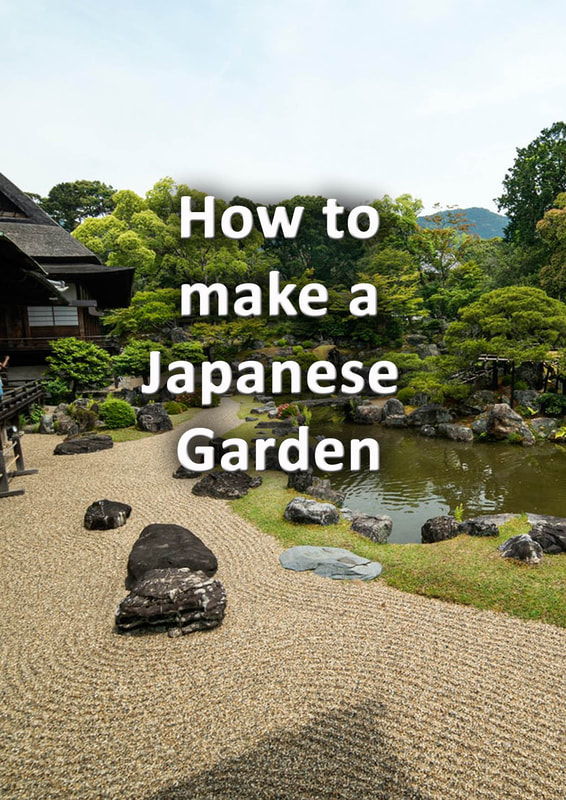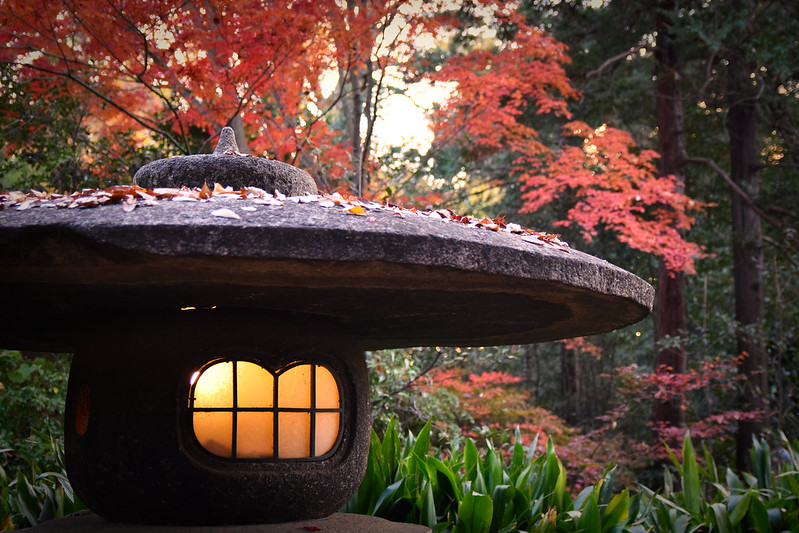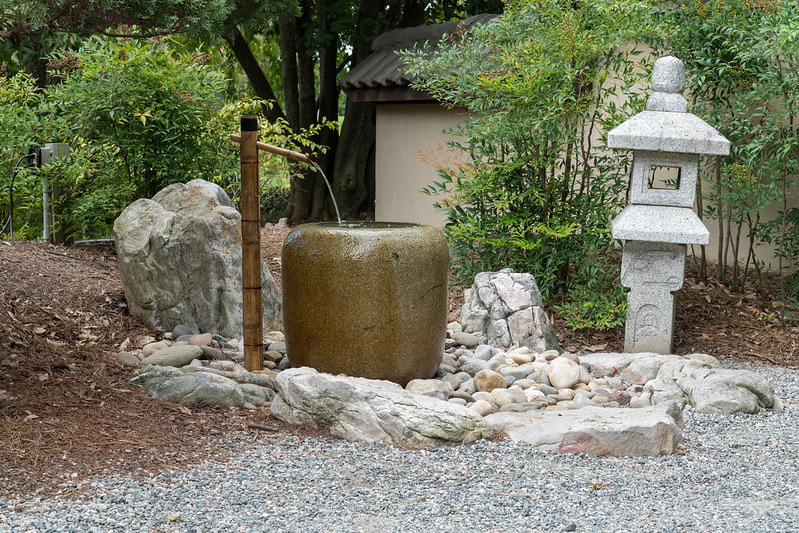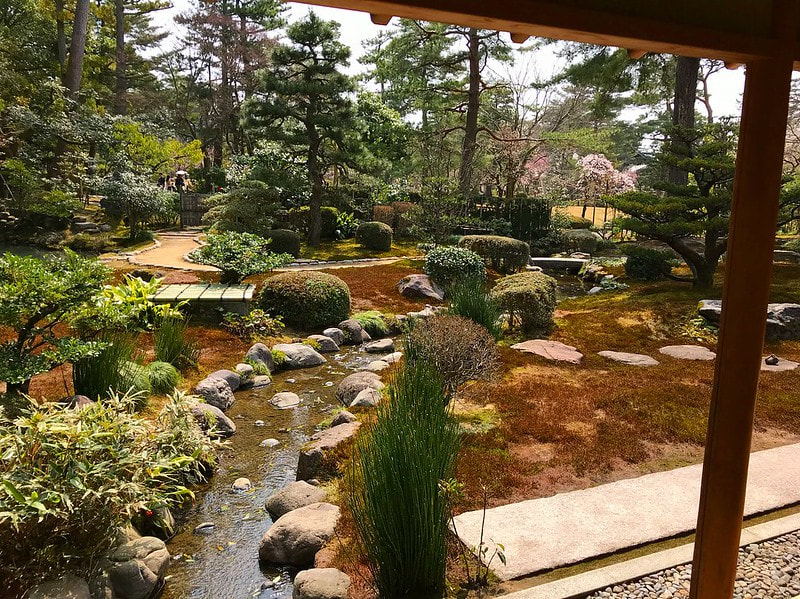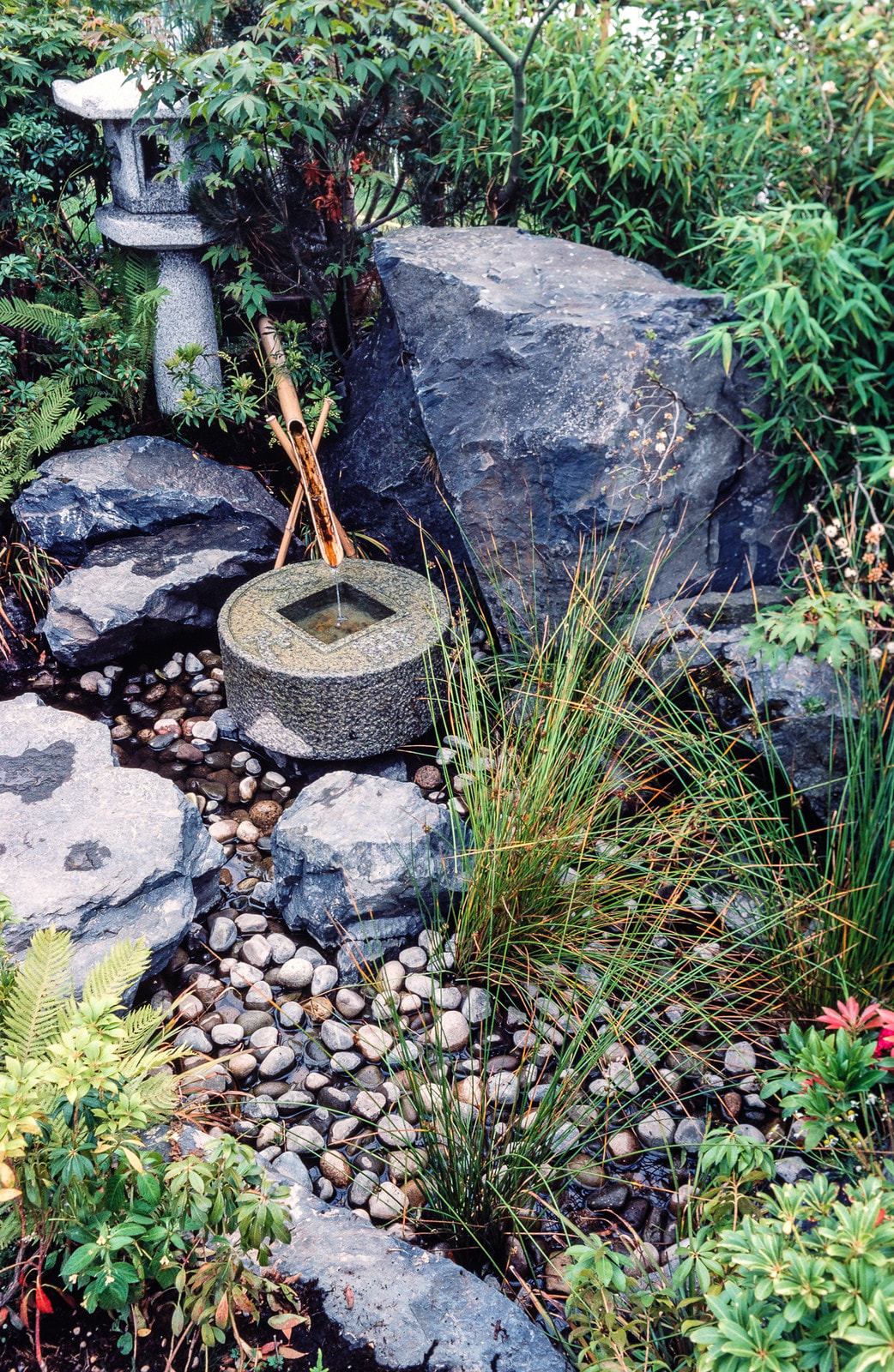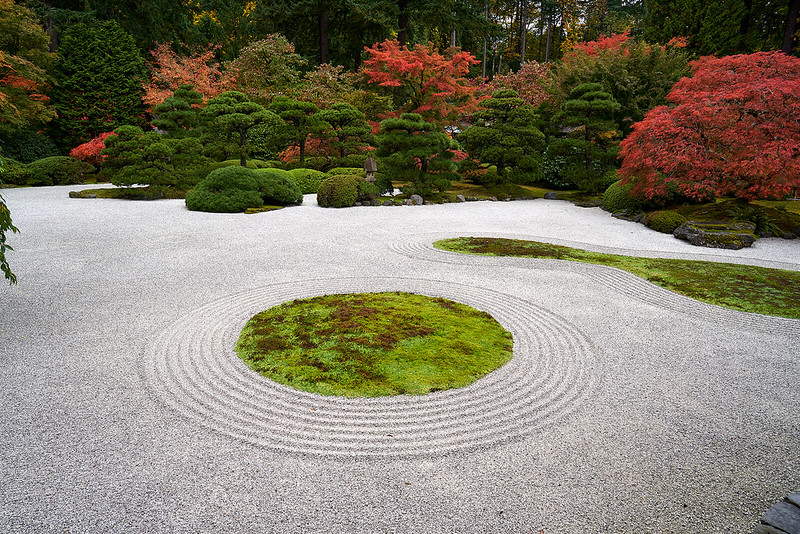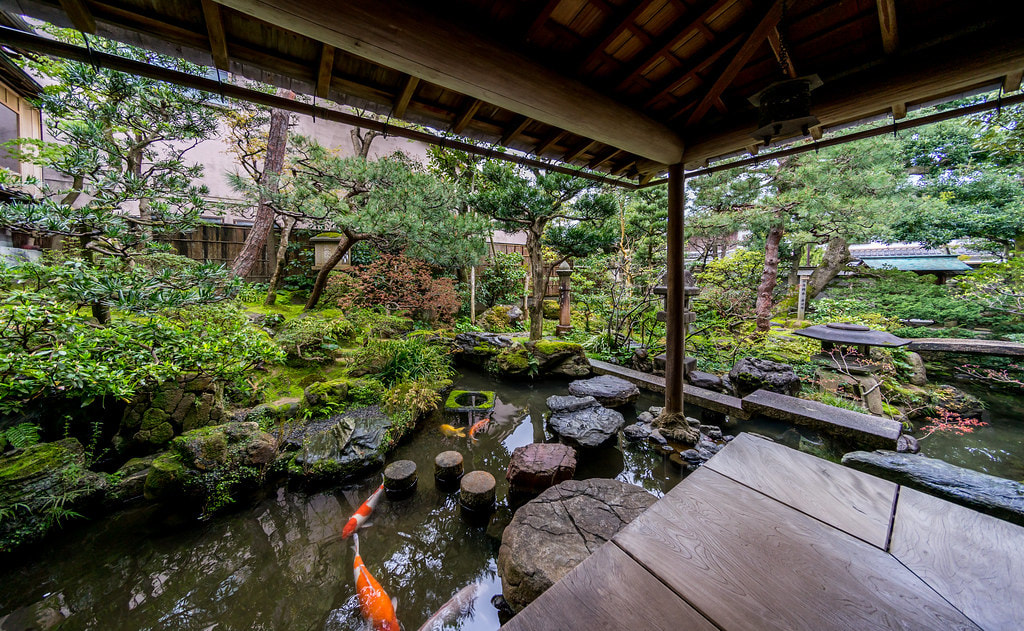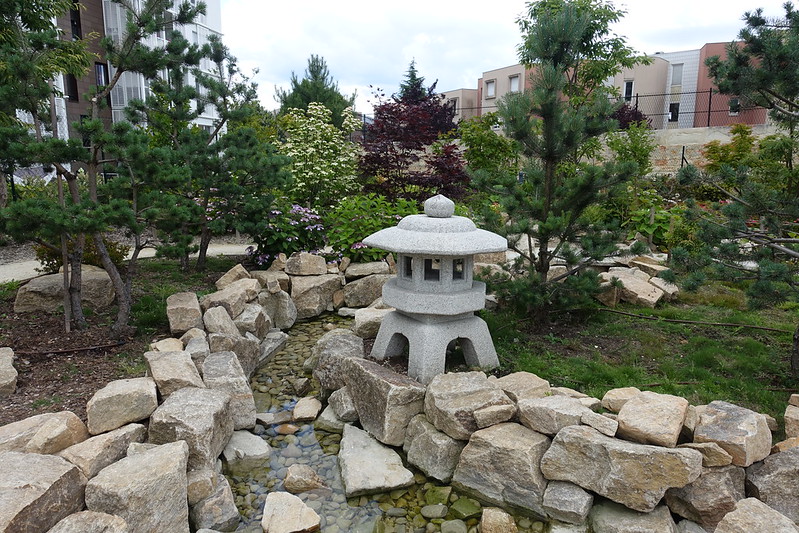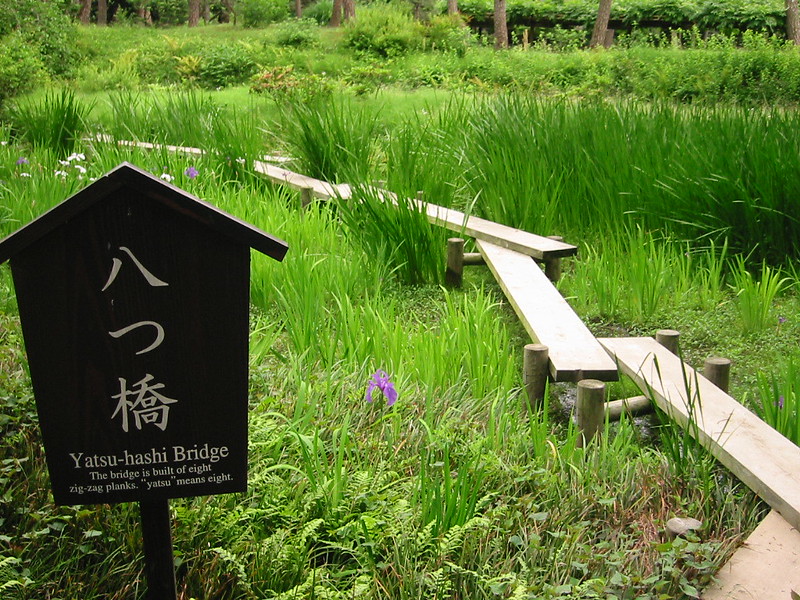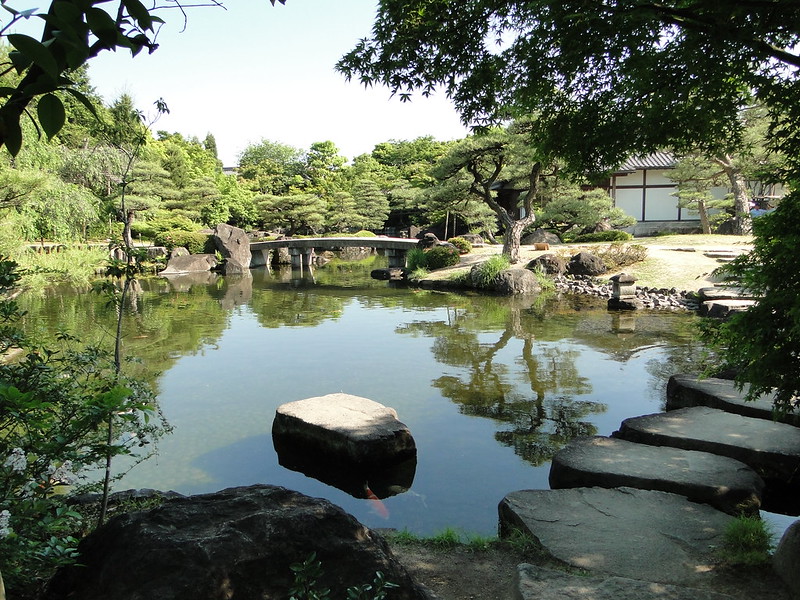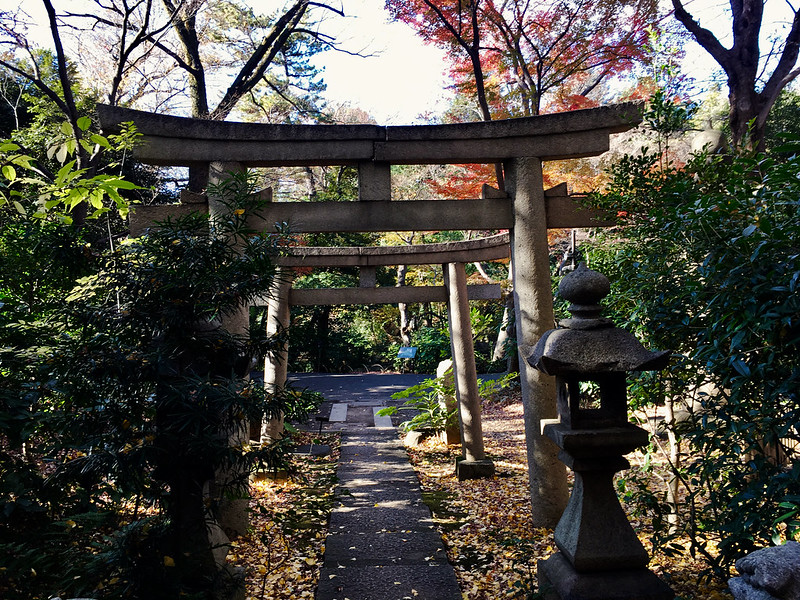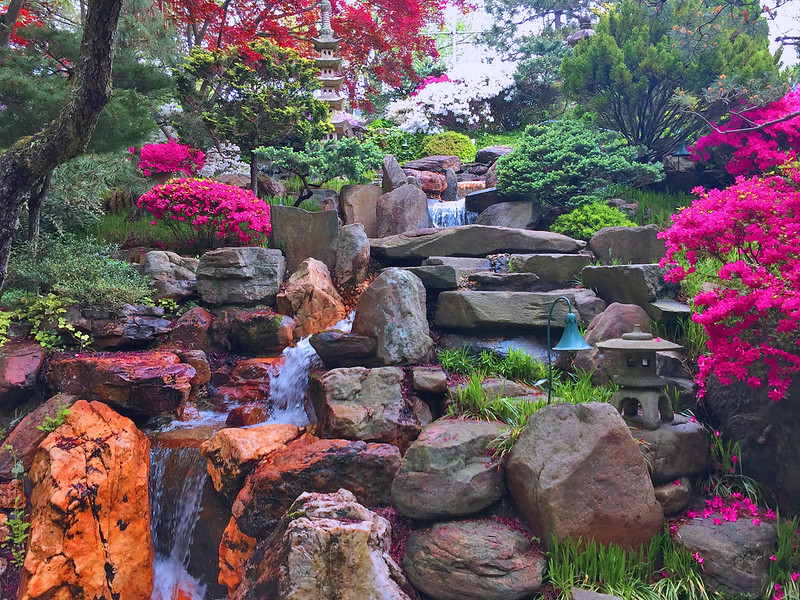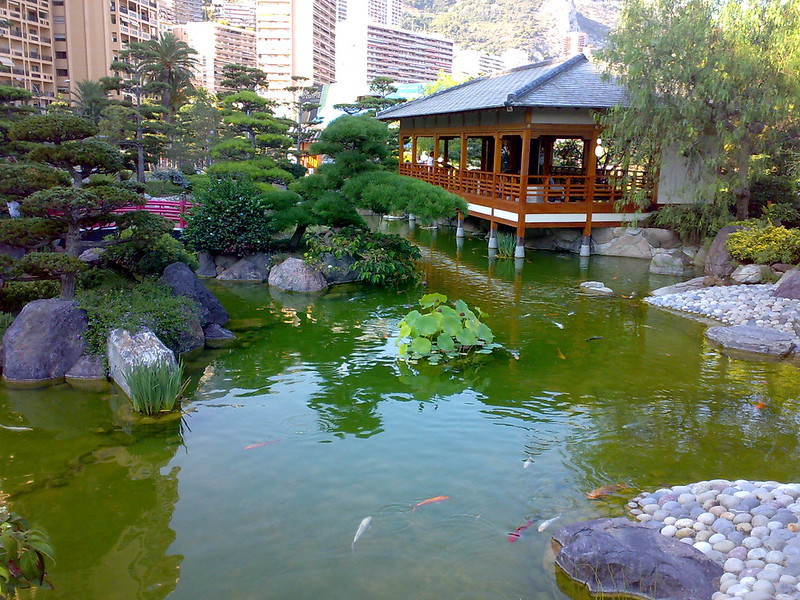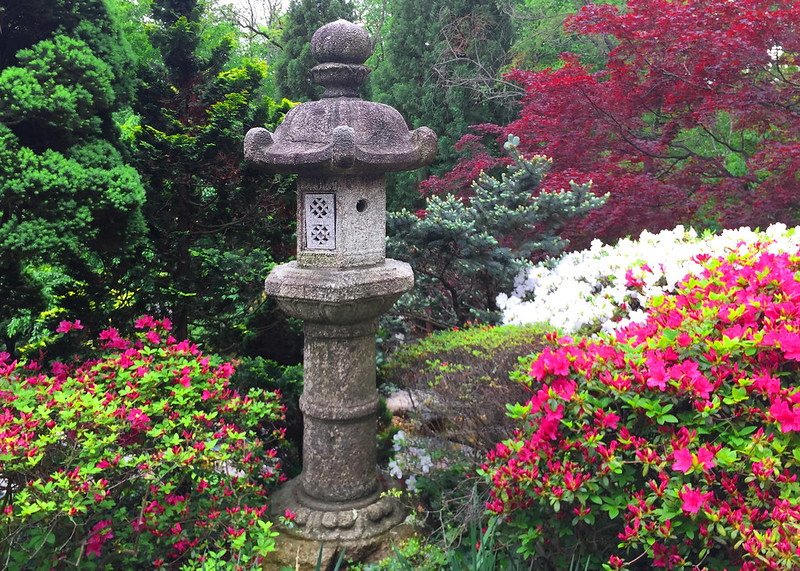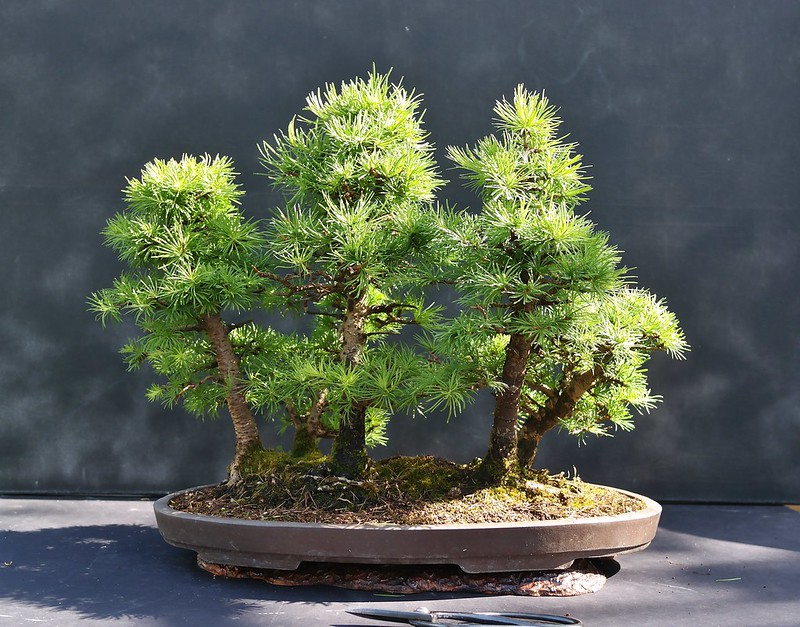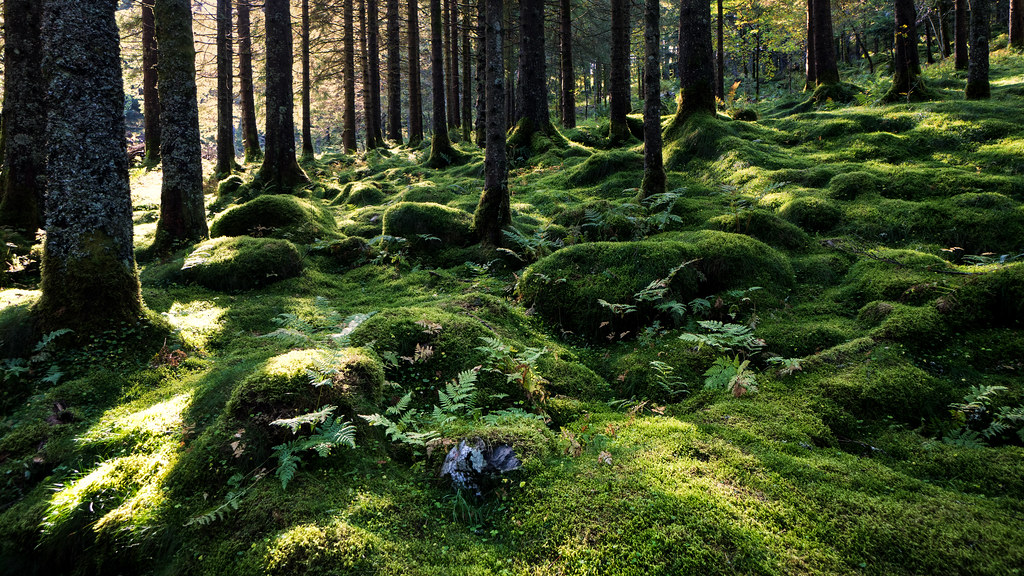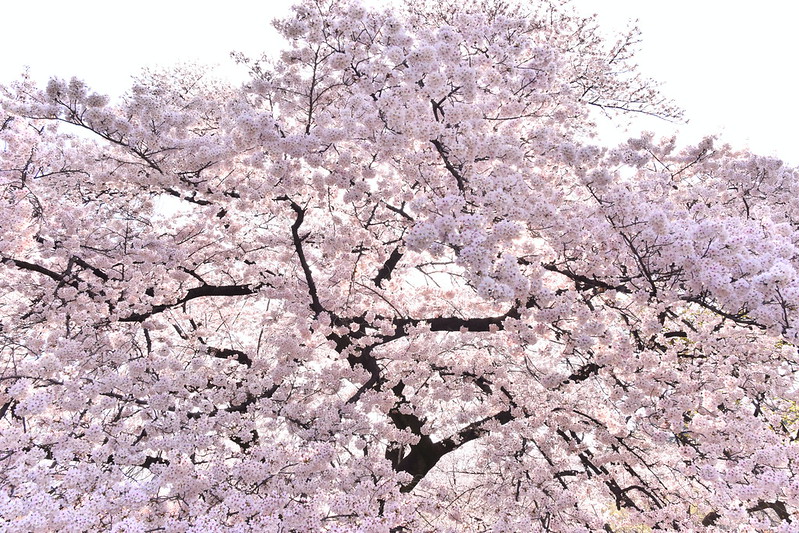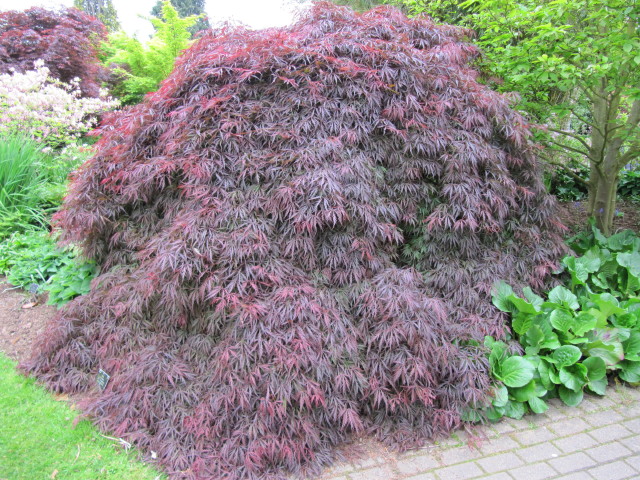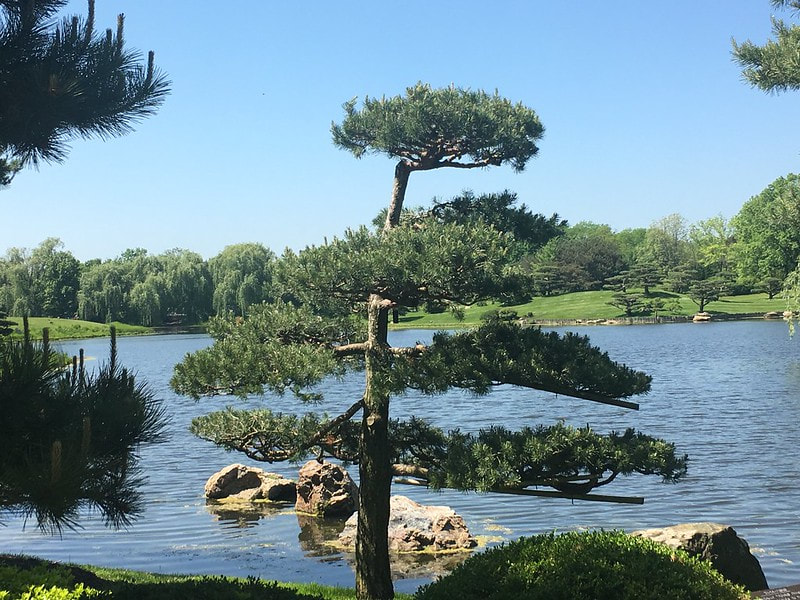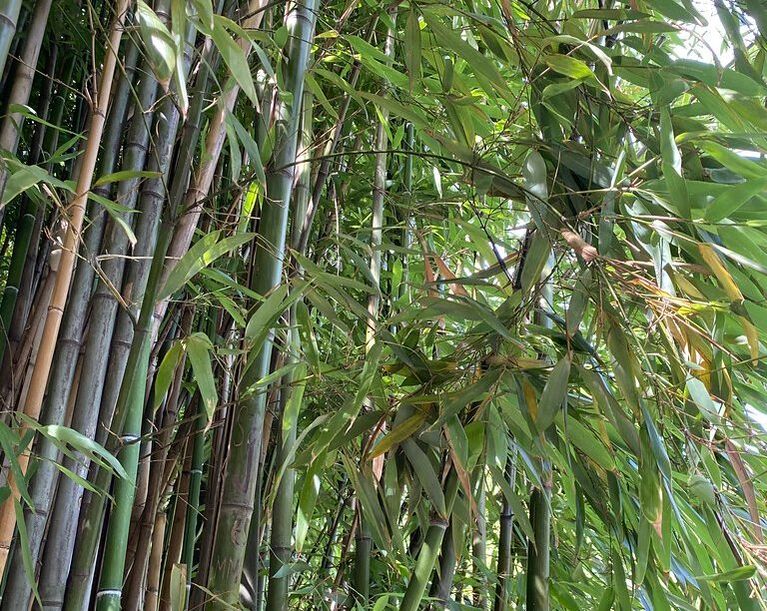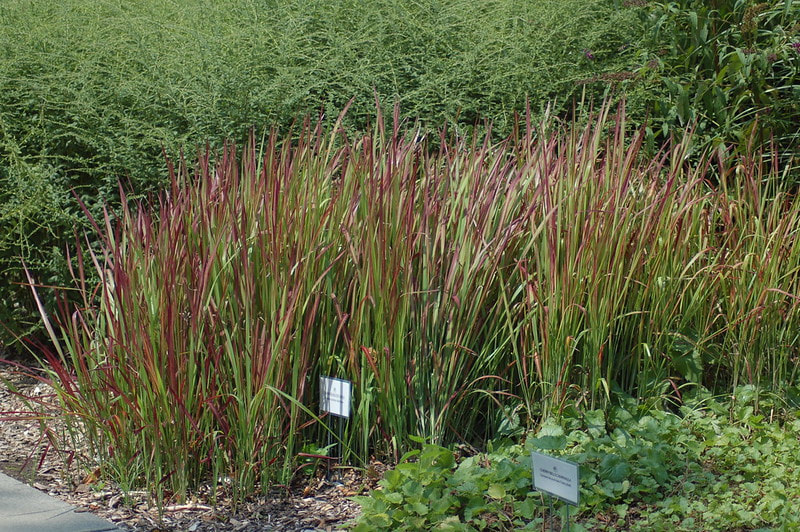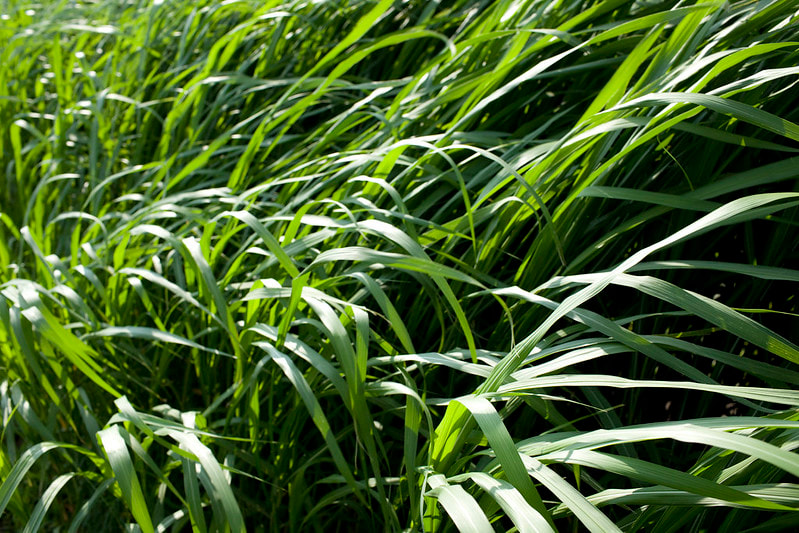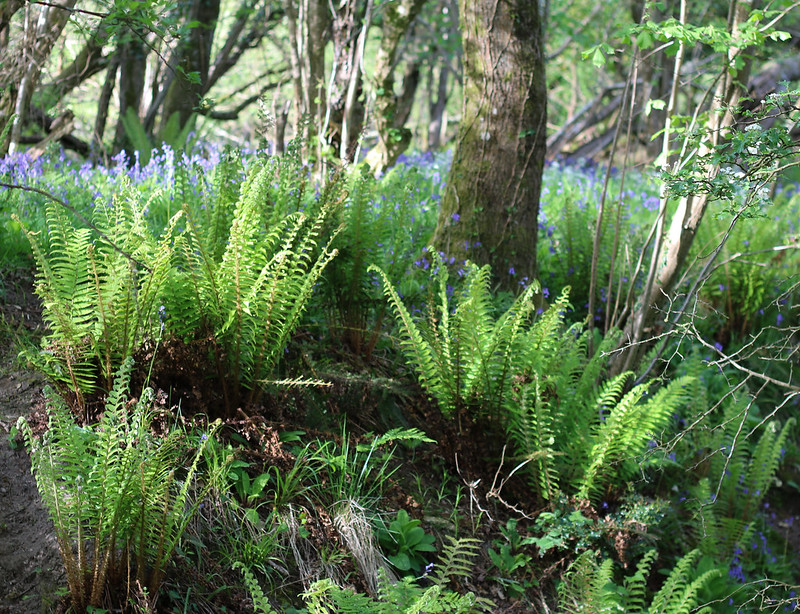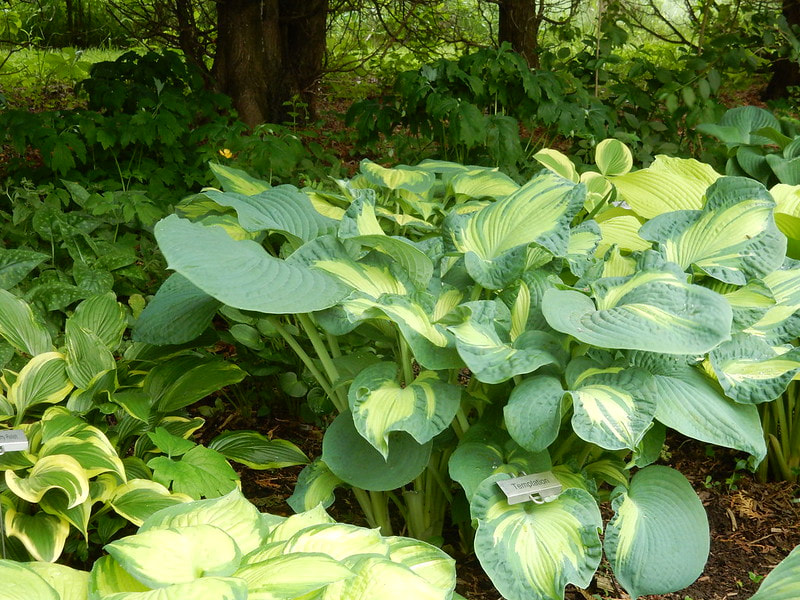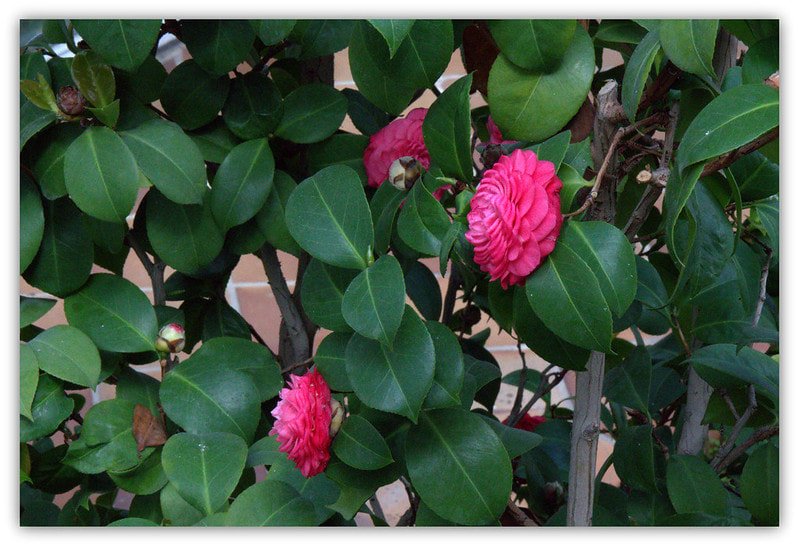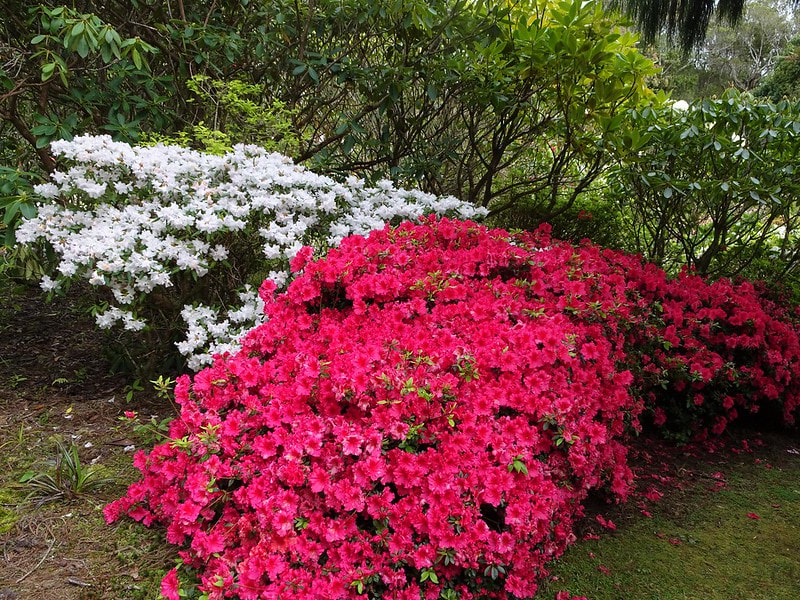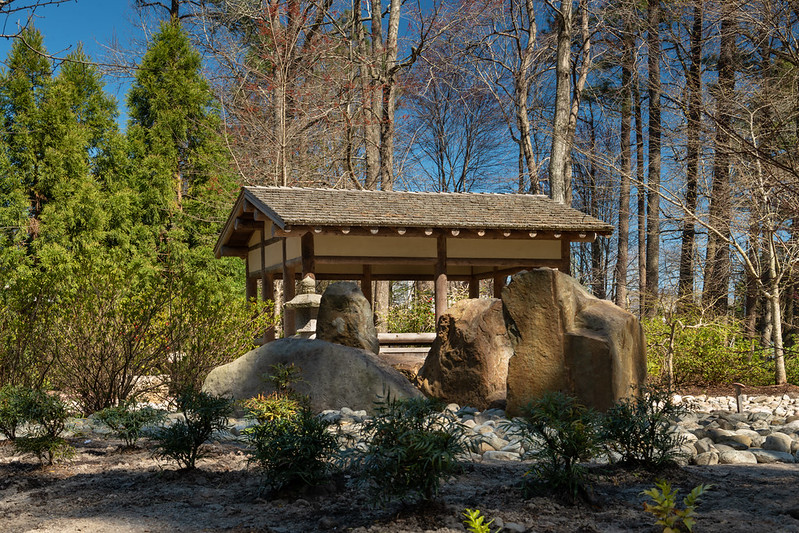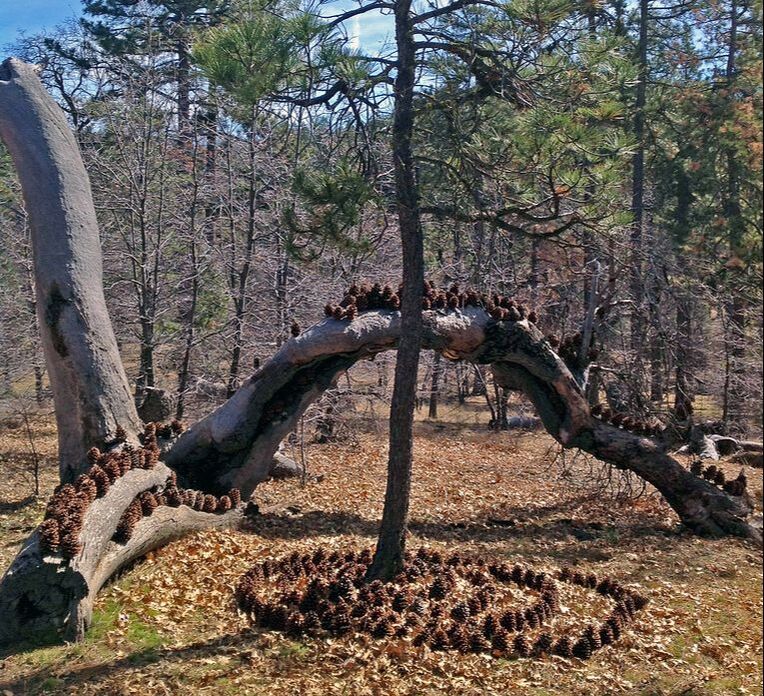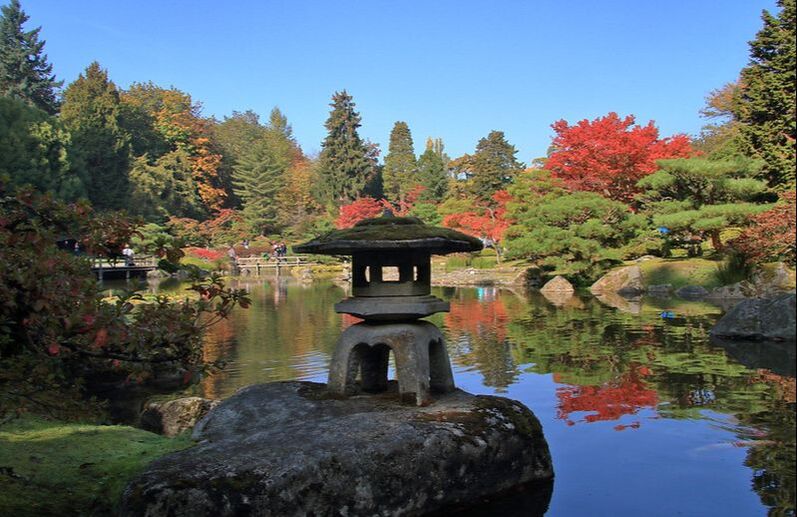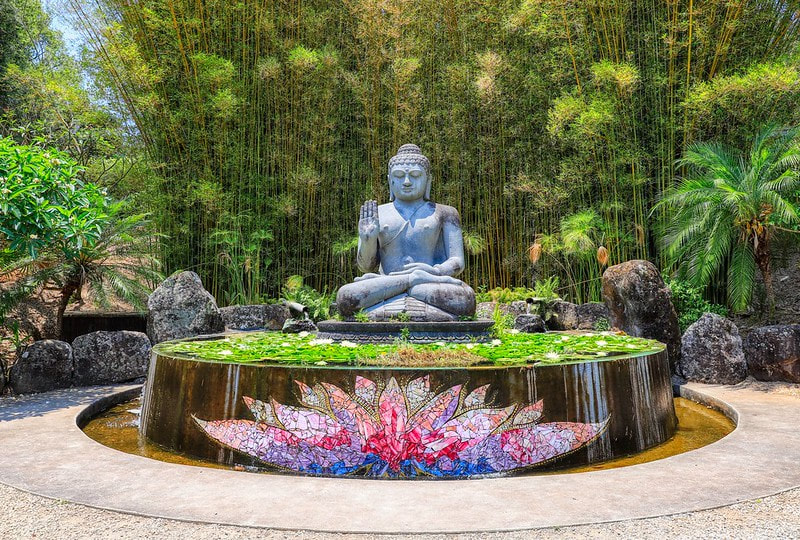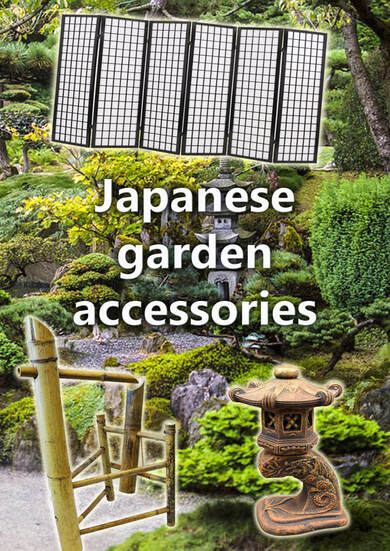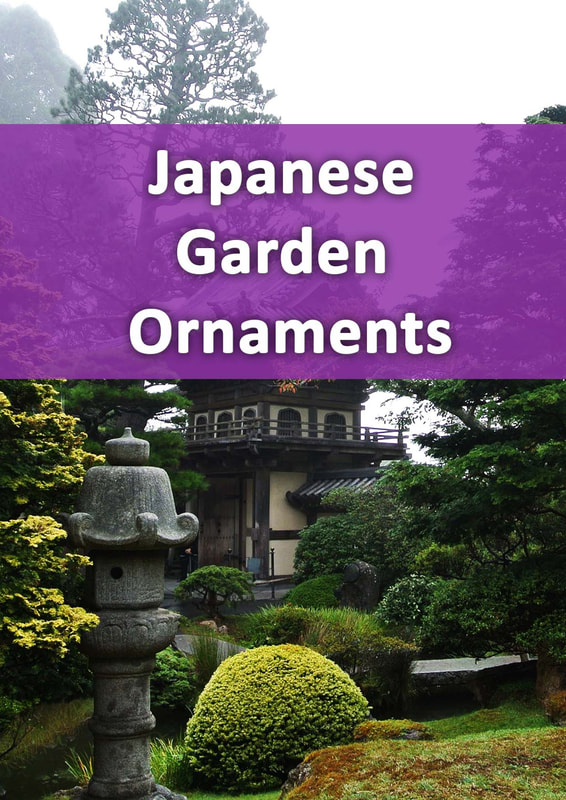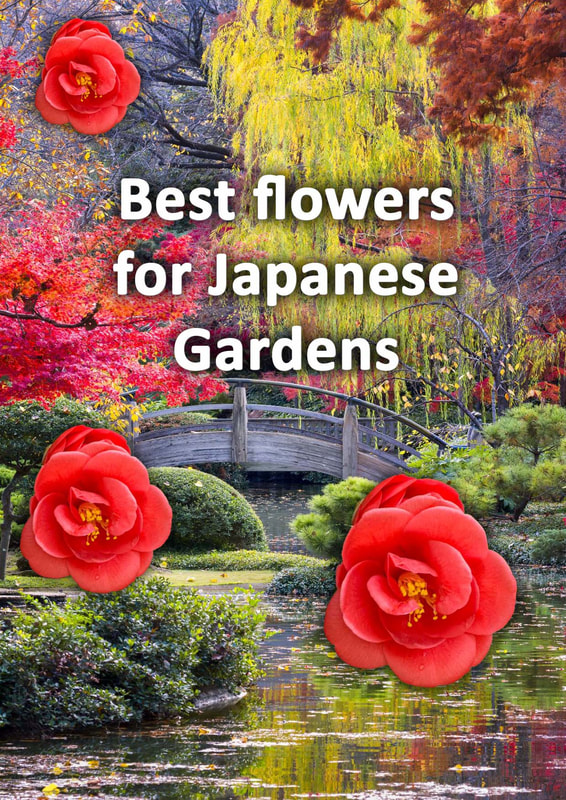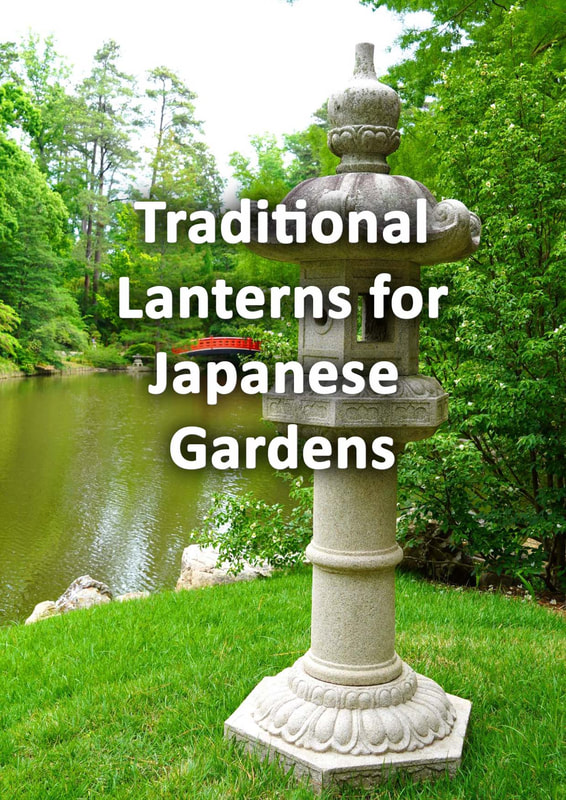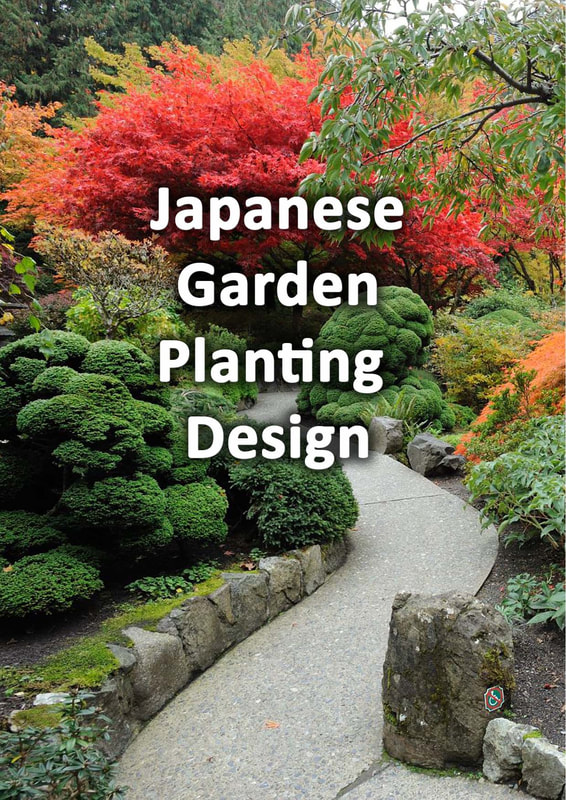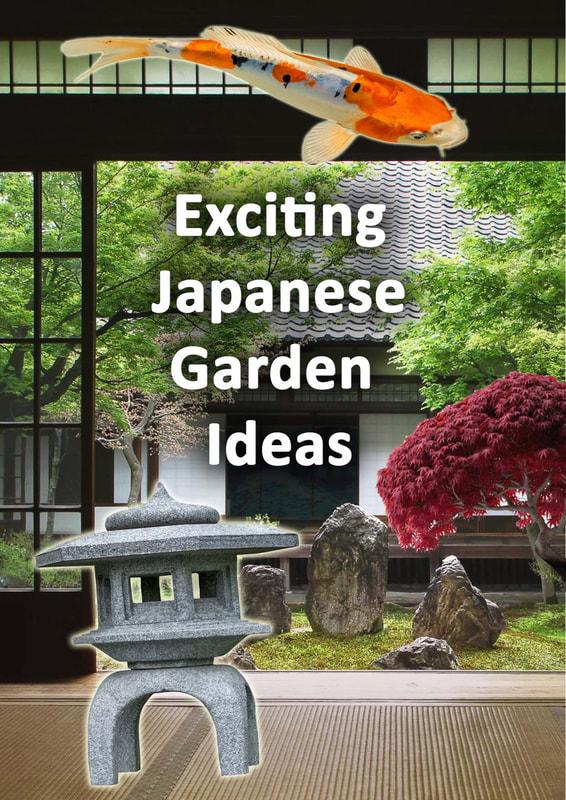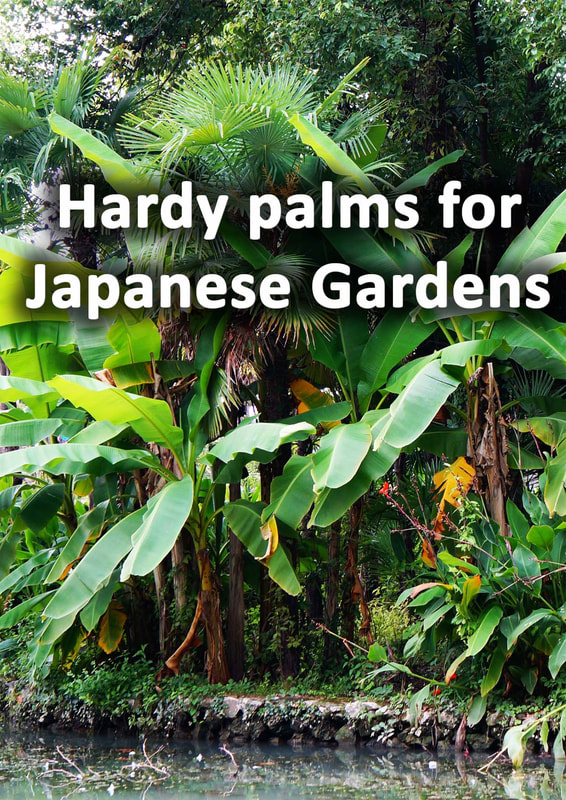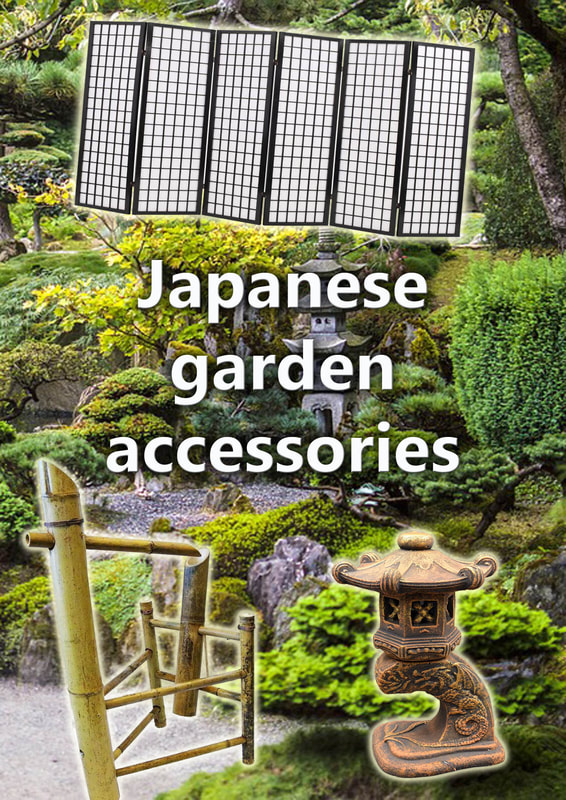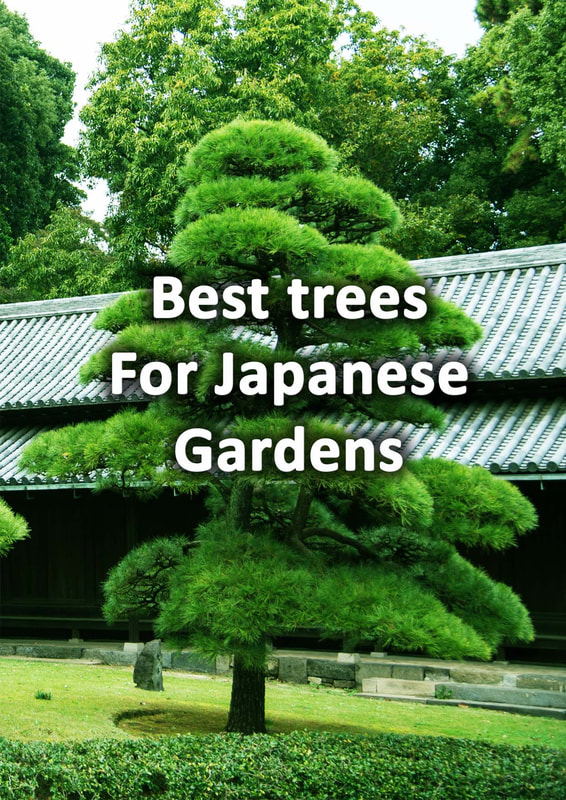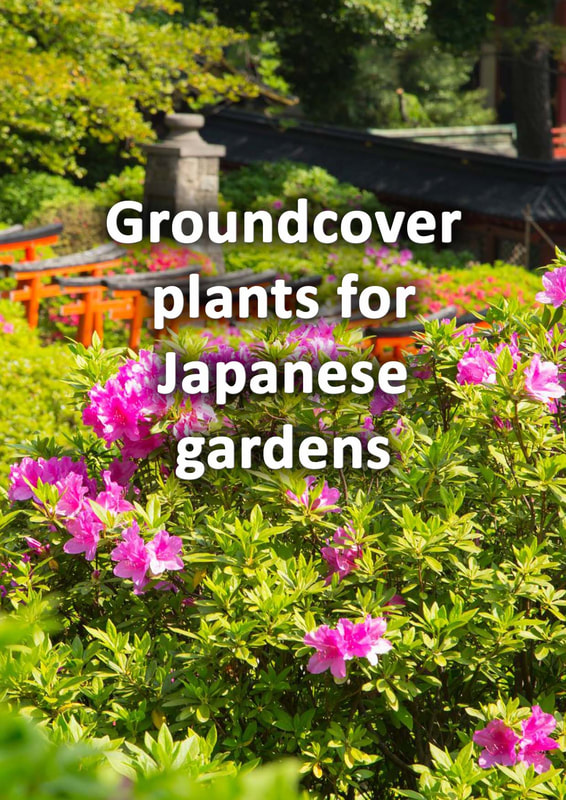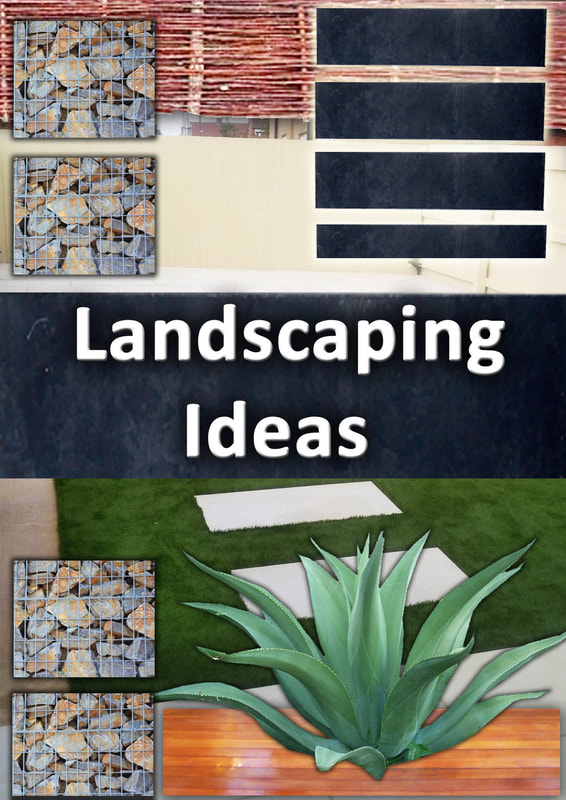|
This article contains affiliate links
Among all garden genres none are more captivating or ore inspiring than Japanese gardens.
These exciting landscapes have an allure which is sometimes difficult to articulate in words alone. It is no coincidence therefore that Japanese gardens follow a series of fundamental rules and concepts. Drawing their inspiration directly from nature they seek to evoke a sense of serenity. This spiritual escapism is intoxicating as Japanese gardens draw you into landscapes representational of majestic wilderness. They mimic and exaggerate the fundamental elements of the natural world and combine them with philosophical themes. The quirky details of Japanese gardens make them such a delight for the senses. Mossy rocks, trickling fountains, rustling bamboo, and blood, red Acers are all classic and endearing features. Learning how to make a Japanese garden does not have to be complicated. As long as you follow some simple rules and include some classic elements this should be a fun and easy process. In this article I will give a comprehensive overview on how to make a Japanese garden. Why make a Japanese garden?
Japanese gardens are renowned for their natural beauty but they also have many other benefits. The diverse combination of landscape elements including planting, landform, rocks, and water make them visually interesting. The use of contrasting materials and surfaces creates visual textures which are pleasuring to the eye.
Typical western gardens seek more straight lines and geometry that Japanese gardens. It is a fact that people feel more relaxed in natural environments than manmade ones. This gives Japanese gardens the edge in terms of aesthetics and enjoyment. A Huge contrast from western gardens of lawns and shrubs Japanese gardens lend themselves very neatly to low maintenance landscaping. By utilising plants that maintain a natural form such as Bamboo, ferns and pines there is less pruning to be carried out. Instead of lawns there are moss gardens and gravel which require hardly any annual maintenance. With a modern, busy and stressful lifestyle Japanese gardens can provide a spiritual retreat and also reduce weekend garden chores. Principles of Japanese garden philosophy
Traditional Japanese gardens evolved from an appreciation of natural process within the landscape. This is especially so with water as historically rice production has been the most crucial form of agriculture. The Japanese recognised the importance of the hydraulic cycle and its importance for human survival.
Fresh water used for drinking and agriculture emerged via wild mountain forests and rivers. This helped Japanese culture to embrace these environments and celebrate their attributes in miniature. This is why jagged rocks, mounds, waterfalls, ponds and miniature trees are typical of Japanese gardens. Such garden elements serve as ‘microcosms’ of nature however it is not the elements themselves that are crucial. It is the arrangement of these elements combined with various features which make Japanese gardens special. Historically Japanese gardens have been influenced by China and some of their own landscape philosophy. Philosophical design systems such as Feng shui have also played their part in shaping these gardens. There are fundamental rules and orders to which certain garden elements must be organised. This helps good energy to flow in a way that has a positive influence on our lives. Japanese garden design
Japanese garden design starts with the manipulation of three basic elements Land, water and vegetation. Land can be represented by upright rocks, gravels or mounded ground. Water can be incorporated by a pond, stream or water fountain. Certain vegetation such as mosses can give the effect of mountain valleys. Miniature trees which hold their form such as maples represent mature specimens within the landscape.
These elements should be designed to create a scenic view wherever you move to within the garden. Japanese garden design seeks to connect gardens to the wider landscape. They do this by utilising 'borrowed landscape'. This can be trees and scenery outside the boundaries of the gardens interior. If you want to replicate elements of Japanese gardens you will have to recognised design elements. These include structure, texture, contrast, colour and spatial hierarchy. Structure
Japanese gardens have a layered structure which overlay in order of hierarchy. The first main layers are land and water. These two should set the staging landscape for other garden elements. Planting then helps to emphasise and romanticise these. Plants typically take on either a pyramid or low doming structure to replicate pines and deciduous trees. The main structure is then overlaid by pathways and features to create a pleasurable journey.
Texture
Visual textures are very prominent and visually exciting in Japanese gardens. This is due to their ability to utilise diverse elements. Expanses of gravel, water, mosses, ferns, bamboo, decks, water and smooth rocks create an abundance of textures which excite the senses. When designing a Japanese garden do not just think spatially, imagine surface textures you want to visually enjoy.
Simplicity
A Japanese garden should be exciting but mainly in a naturalistic sense. The beauty of such gardens is held by their simplicity. When creating a Japanese garden you should not add too much clutter. Try to landscape the main garden elements with spatial balance. This will evoke a feeling of contentment and allow appreciation of features you do incorporate.
Colour
Colour in Japanese gardens is typically injected seasonally with plants. Primary garden colours are traditionally kept to the greens, greys and blues of natural landscapes. When designing for colour in Japanese gardens try plant plants that will provide seasonal interest. For instance the yellows, reds and pinks of autumn and spring are very typical and effective.
Spatial hierarchy
Japanese gardens have a strong spatial hierarchy usually defined by focal points and pathways. A few hundred years ago the Japanese aristocracy would create strolling gardens. These were large park like gardens which would include long winding pathways through the landscape.
These were designed to provide continuous suspense and discovery as you walk through the garden. This is probably why Japanese gardens have framed views, strong focal points and defined circulation routes. How to make a Japanese garden at home?
The great thing about Japanese gardens is they can be incorporated in pretty much any sized garden. How far you go in terms of including boulders, ponds, Acers etc is up to you but these are not always essential.
The art of creating modern Japanese gardens at home is finding features you like and incorporating them. This could simply be a Japanese style pond with Koi Carp, bamboos or bonsai trees. You may prefer a low maintenance Zen garden with raked gravel and large boulders. If you want to make a Japanese garden at home select your favourite Japanese garden features. Then think about how you could add them into your space. Your main aim is to create a garden which is visually beautiful and provide somewhere for enjoyment and relaxation. Search images of Japanese gardens for inspiration and sketch out design scenarios on a garden layout plan. To help you we have added a descriptive list of typical Japanese garden elements below. Japanese garden elements
Landform
Japanese gardens utilise landform to create attractive mounds and valleys. These can be combined with rockeries, dry stone walls or decorative planting. Extra elevation provides the eye something to travel over and create suspense and discovery.
Rocks
Rocks are great focal points and act as visual anchor points within the garden. Commonly representing hills and mountains rocks can be positioned in many interesting formations. Long or oval rocks are best as these can be set into the ground vertically. This provides more visual impact and a dramatic effect.
Gravels
Loose gravels are typical of Japanese gardens with some Zen gardens using gravel as their main feature. These gravel areas create course visual textures and can be used to express movement. Parallel lines can be dragged in the gravel to form rivers or ripples around boulders. This effect can be extremely effective and impressive.
Hard landscaping
Zig zag raised walk ways
These raised walkways are usually constructed with vertical posts or bamboo which supports narrow boards. These narrow decks are visually very attractive and have a truly Japanese feel to them. Decks traditionally were built with a zig zag route. This is due to the belief that evil spirits can only travel in straight lines.
Paths
Paths are used to create a journey which can take the traveller on a journey of discovery. This is common in Japanese stroll gardens with meandering pathways presenting you with scenic views and focal points. In more modern schemes pathways can be more direct, bold and functional.
Stepping stones
Stepping stones are normally used to create a short journey across a garden space. In Japan these usually cross an expansive of moss or ferns. Stepping stones are normally formed with random, flat natural stone like slate. These are blended into the garden in a naturalistic and can even form steps up hill.
Decking
Raised decks look great in any garden but especially so in Japanese gardens. Raised decks can hover above gravel areas and create patio spaces. In Japan decks are positioned over a specific scene or view of the garden. This is especially true in Japanese tea room gardens.
Paving
Japanese gardens can host a variety of paving or patio spaces. Most of the time paving both takes an extremely modern and clean, tiled look or extremely rustic. Rustic paving in Japanese gardens can be deconstructed with wide gaps full of moss and sedums.
Pergolas
Pergolas are typical of Japanese gardens and can be very decorative and elaborate. We usually think of Pergolas as something for climbing plants to grow upon. However Japanese pergolas are usually so grand they warrant being left bare. With their thick joists and bold lines these timber structures are a real statement. Multiple assembly kits of these are now available online.
Screens
Screens are utilised all the time in Japanese gardens. Screens can be used to block bad views as well as create private spaces within the garden. These are especially effective when channelling the eye towards a garden focal point. Screens in Japanese gardens can easily be created with bamboo slat fencing and reed screening.
WaterWaterfalls
Waterfalls are very common in Japanese gardens. Not only do they replicate the natural beauty of water within the landscape they also create movement and sound. The sound of moving water can be very relaxing and tranquil. These can flow over manmade garden waterfalls or be as simple as an electric water feature.
Rivers
Not everyone is lucky enough to have a real river running through their garden. However with a Japanese garden you do not have to. Linear ponds can be created to give the illusion of a river running across your garden. These can run from boundary to boundary with a bridge transporting you to either side. This is typical of many Japanese garden designs.
Ponds
Ponds have always been used as a central feature in traditional garden design in Japan. Water is one of the main natural elements used with ponds providing inner calm and reflection. Ponds can be large affairs or simple sunken troughs.
Islands
Although many love and admire the grandness of these gardens many would draw a line at the idea of building an island. However these do not have to be huge landscaping installations either. Islands can be raised rocks within a pond or simply protruding from a dry river of gravel.
Fish
Fish are a typical feature of Japanese garden ponds and especially Koi Carp. These are attractive, colourful fish that can live for many decades and achieve impressive sizes. These fish gently swim across the surface and are very calming to watch. Some Koi become so tame they will even take food from your hands.
Planting
No Japanese garden would be without planting. Planting helps to soften hardener landscape features and creates a naturalistic look. The majority of colour in Japanese gardens comes from plants and seasonal blooms. This accentuates the wonder and beauty of the natural word. Gardens will often celebrate symbolic seasonal change such as spring blooms and autumn colour.
Foliage
Foliage plays an important role in the Japanese garden. Foliage is typically decorative with contrasting colours and textures. Great attention is played to foliage which has gentle movement such us grasses, ferns and bamboos. Such movement can also create gentle rustling sounds in the wind which can be very mood enhancing.
Form
The Japanese really appreciate specific forms within the landscape. These are often habits and shapes which can be observed in nature. For this reason they prefer trees and plants which maintain their form as they mature. This is typical with classic Japanese plantings such as Acers and dwarf pine trees. In the west we trim shrubs into rectangles in Japan they clip out foliage density to reveal natural form.
Bonsai
The appreciation of natural form can be no better represented than by the ancient practice of Bonsai. As Japanese gardens seek to represent the world as a microcosm, Bonsai does the same for trees.
Some specimens are quite literally magnificent and many hundreds of years old. Younger examples are available to buy and can make the perfect accompaniment to a Japanese garden. Evergreens
The Japanese try to use evergreen plants where possible especially if they are forming a backdrop to other elements. Usually deciduous trees and shrubs are only used if they have other seasonal attributes such as blossom or autumn colour.
Moss
In Japanese gardens moss is used very much how grass is in the west. However moss is not really treated as a wearing surface for activities or regular foot fall. Moss is more of a decorative feature which represents natural open landscapes and moorland.
Moss grows perfectly well in Japans humid climate and unlike grass grows well in the shade. Moss possesses a clumping, horizontal habit which forms a spongy mass of green. This is very aesthetic and can actually be replicated somewhat with Chamomile lawns in full sun. Expanses of moss can be transcended with naturalistic stepping stones. Typical Japanese garden plants
When it comes to implementing plants into Japanese gardens there are no rigid rules or exclusions. However there are some plants which are just so typical of the Japanese style they need a mention. Below we have listed 10 plants or groups of which capture the essence of Japanese gardens so well.
Japanese cherry
|
Buddha garden ornaments
Other ornaments suitable for Japanese gardens
Gong
Garden bridges
Recommended books
Thinking of designing & building your Japanese garden yourself? Why not visit our resource page or recommended landscaping tools article.
Alternatively if you wish to view our top '20 Japanese garden accessories' click here.
Alternatively if you wish to view our top '20 Japanese garden accessories' click here.
If you require landscaping services or want to create a Japanese garden feel free to contact us. We cover Buckinghamshire as well as the broader Chiltern area. We also cover Hertfordshire, Oxfordshire Bedfordshire as well as London.
Some of our typical, local project locations include; Amersham, Aylesbury, Beaconsfield, Berkhamsted, Chalfont, Chesham, Gerard's Cross, Great Missenden, High Wycombe, Princes Risborough and Wendover.
Some of our typical, local project locations include; Amersham, Aylesbury, Beaconsfield, Berkhamsted, Chalfont, Chesham, Gerard's Cross, Great Missenden, High Wycombe, Princes Risborough and Wendover.
0 Comments
Leave a Reply.
The Author
Paul Nicolaides
BA (Hons) Dip
Paul Nicolaides has over 30 years of recreational gardening and 20 years of professional landscaping experience. He has worked for landscape contractors including design and build practices across London and the South East. In 2006 he qualified with a BA Hons degree and post graduate diploma in Landscape Architecture. In 2009 he founded Ecospaces an ecological landscaping practice which aims to improve social cohesion and reduce climate change through landscaping. In 2016 he founded Buckinghamshire Landscape Gardeners which designs and builds gardens across Buckinghamshire and the South East. This blog aims to provide easy problem solving information to its audience and encourage others to take up the joy of landscaping and gardening.
